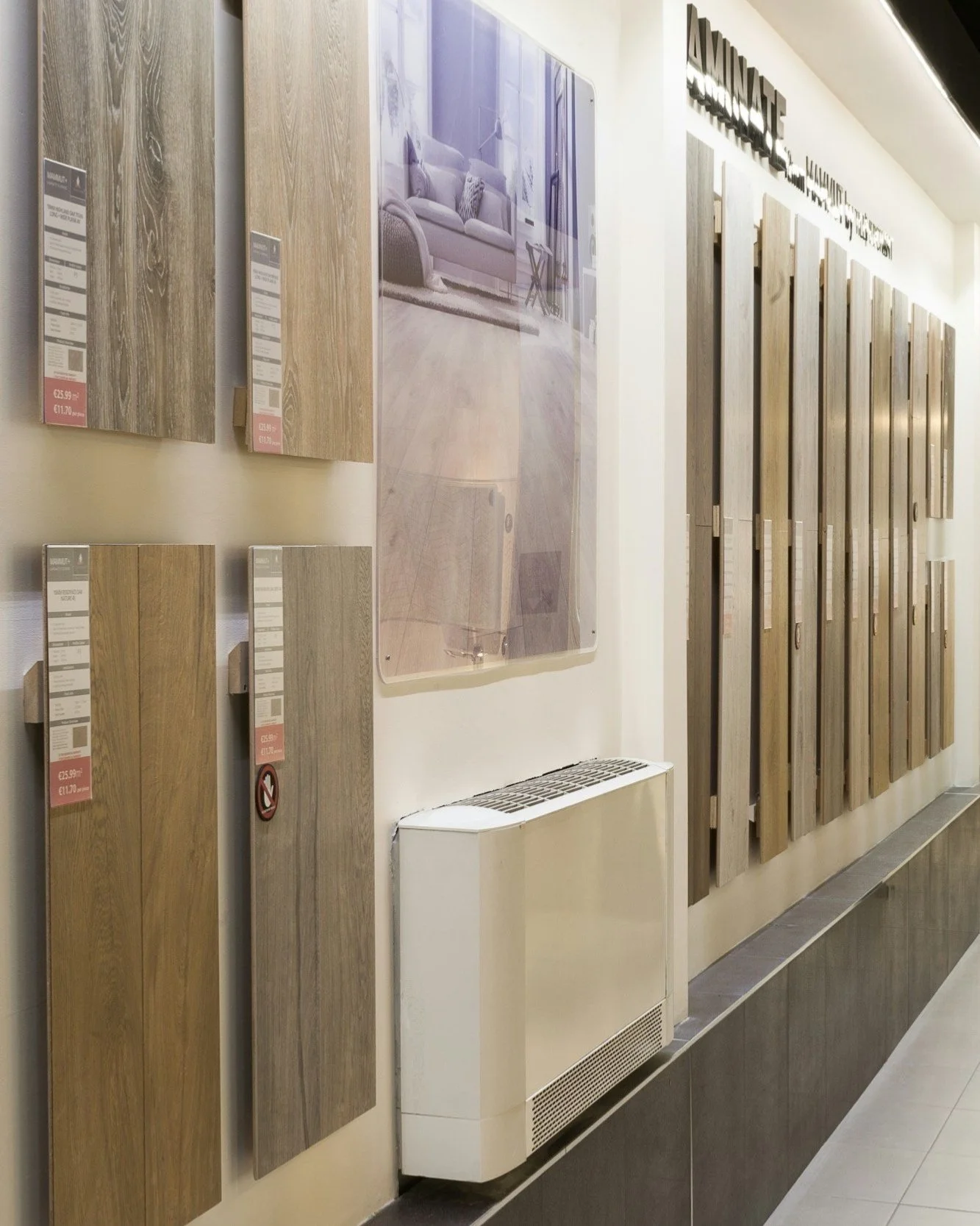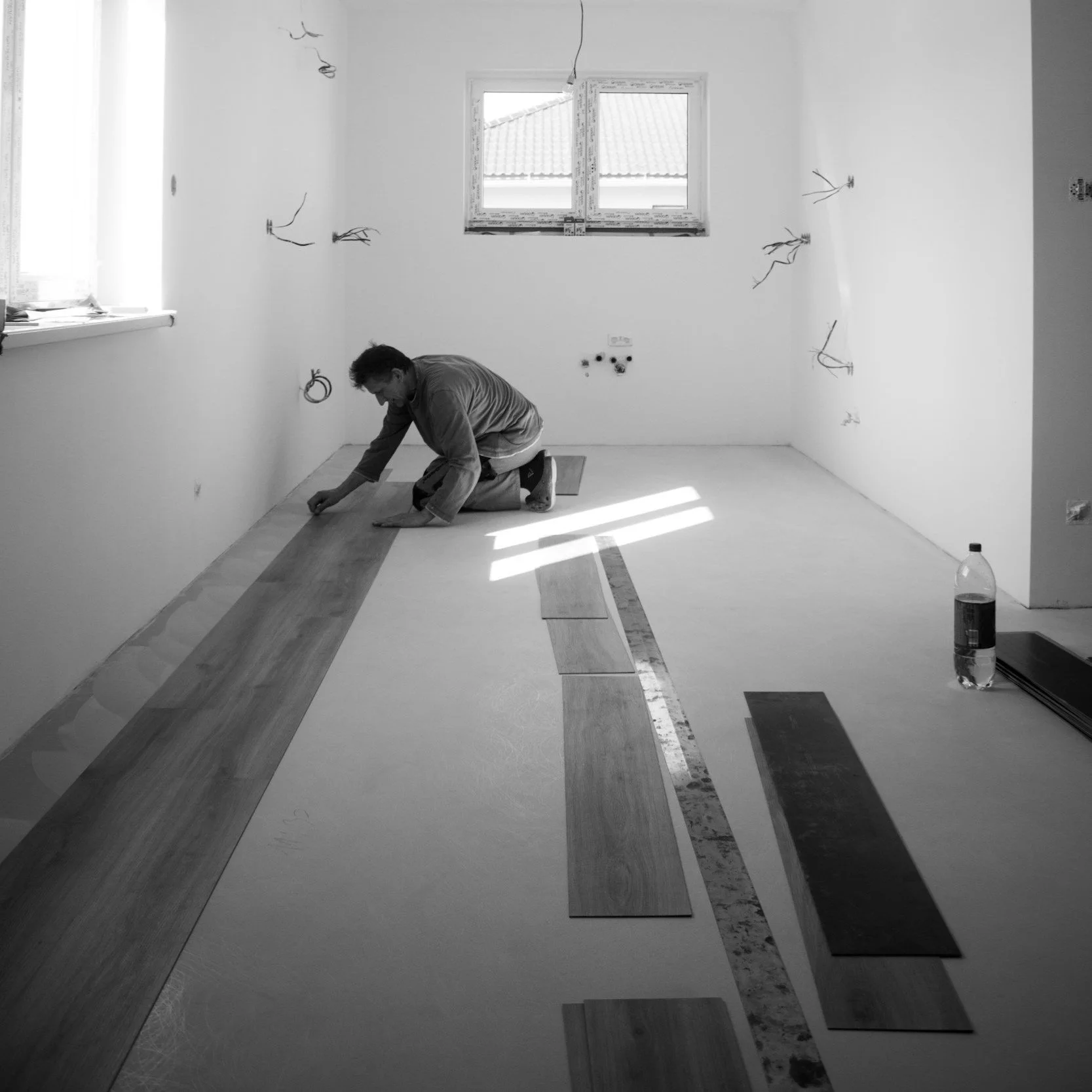Design Terms Everyone Should Know
“Knowledge is power.” - Sir Francis Bacon
I can’t tell you the countless times I have had clients call and ask for something very specific only to learn that what they are asking for isn’t what they actually want. Sound familiar? We’ve all done it and we are lucky to live in a time where we can do a quick search to find pictures of what it is that we are looking for to convey our ideas. As great as it is to hop to google when we need an answer, the answer is only as good as the input. Meaning if I don’t truly know what I’m looking for, I could fall down a rabbit hole and never really find what I’m looking for. But don’t worry, I’m here to help. Below are are few terms I hear interchanged in the design world regularly. Knowing the difference will help you be a savvy consumer and leave you feeling empowered when communicating with contractors and trades people to get the end result you want.
Shelving
Built in? Bookcase? Floating? Where do you start?Understanding your style, storage needs and budget are important when it comes to determining the best shelving for your home.
Built in shelving- Storage or display shelving and/or cabinets that are permanently integrated into the structure of a building, typically a wall. Built ins are often installed during the construction or renovation process and become a part of the architectural design. There are companies that offer built in solutions that can help you even when you are not in construction. Due to the custom nature of these storage solutions, built ins are often the more expensive option for storage.
Bookcase/Book shelf- A piece of furniture with horizontal shelves, sometimes in a cabinet used to store books or decorative elements.
A bookcase is a great option to add a decorative element to your space while storing items. Whether you are looking for a statement piece or something minimal, the possibilities are endless. The price point for a bookcase can vary based on size and where you choose to purchase. Depending on your style, budget and available wall space; you could grab a used bookcase at a local thrift store or purchase new from variety of retailers. Keep in mind less expensive options like Wayfair and Amazon will likely have you building the shelves yourself while higher end retailers typically offer white glove delivery.
Floating Shelves- A shelf that appears to be suspended on the wall. Traditional floating shelves do not have brackets that you can see as they use a concealed mounting hardware.
You can get creative with open shelving using a mix of materials like wood, glass and/or metal. Open shelving can be used for storage or as a focal point to showcase other decorative elements. Often incorporated with gallery or photo walls, the possibilities are endless with open shelving. Price points vary depending on whether you have them custom made or pick up some up at a local hardware store.
Laminate VS
LVP/LVT Flooring
Laminate Flooring- Is a multilayer (typically fiberboard) synthetic flooring product that simulates wood or stone. The wood or stone pattern you see is a picture that is covered with a clear protective layer. Laminate flooring is designed to be a cost-effective alternative to natural wood or tile. When considering a new hard surface floor I would HIGHLY recommend you evaluate how you live and those that live in your space. Since laminate flooring is basically layers of craft paper, it is very susceptible to water damage. If exposed to prolonged moisture, like a pet’s water bowl, it can be damaged which result in needing to replace the floor. Laminate flooring cannot be refinished like traditional hardwood floors.
LVP/LVT- Luxury Vinyl Plank/Tile is a synthetic flooring option that comes in planks instead of tiles or sheets like a traditional vinyl floor. This product uses 3D printing to mimic the textures of wood and stone. LVP is durable, 100% waterproof, versatile, affordable and is often a good alternative to hardwood floors.
Typically the products that offer less maintenance have a higher cost up front. If you can hold off and save more to get a floor that will serve you better in the long run, I would strongly encourage that. Keep in mind, flooring does have “trends”, like all design elements, but it is an element that is less likely to be swapped out compared to paint or furniture. Be sure to select something that will complement your design aesthetic for years to come.
Blinds & Shades
These 2 terms are the ones that get interchanged the most.
Blinds- Consist of individual slats or vanes that can be tilted to adjust light and view.
Shades- typically made of a single piece of material that can be raised or lowered to cover the window.
When it comes to considering blinds and shades, first consider the desired amount of privacy and light you are looking to have within the space. Blinds are more flexible, versatile and cost effective for a whole house solution. Meaning all of your windows could have the same covering and you can adjust the blinds to the desired amount of light/privacy to the specific room. Blinds can easily be elevated within a space by adding drapery panels or a top treatment.
Shades vary in the materials they are made of, which offers a variety of style options from woven looks to patterned fabrics. Most shades offer customization options beyond the fabric itself, like a room darkening liner or a light filtering liner, to accommodate light control needs. A hobbled style Roman shade offers gentle folds that can be seen when the shade is lowered. A flat style Roman shade only shows hobbles at the top when it is fully opened. As with blinds, shades can stand alone or be elevated with the addition of drapery or top treatments. Due to the endless aesthetic and functional options, shades can vary in price. Often the starting price point is more than blinds.
When it comes to our homes, it’s personal. It’s great to get feedback from professionals and enlist them to help you achieve your goals. Design professionals are here to help you. I cannot encourage you enough to really embrace your personality and style when it comes to the areas that you dwell. At the end of the day you know what you like and don’t like. Being clear about your wants, needs and expectations is important when communicating about the products you want with contractors. Additionally, it can save you time, money and peace of mind in the long run.
Stay U.







